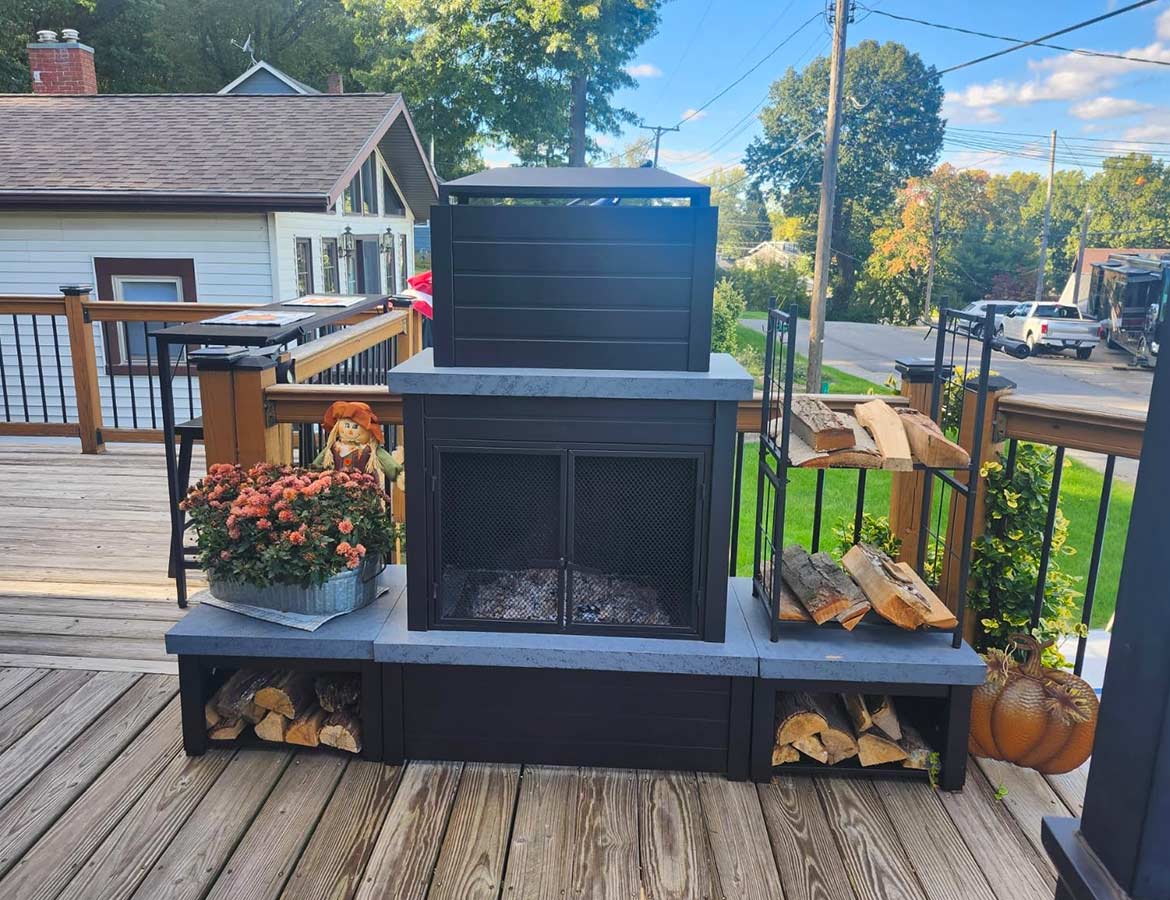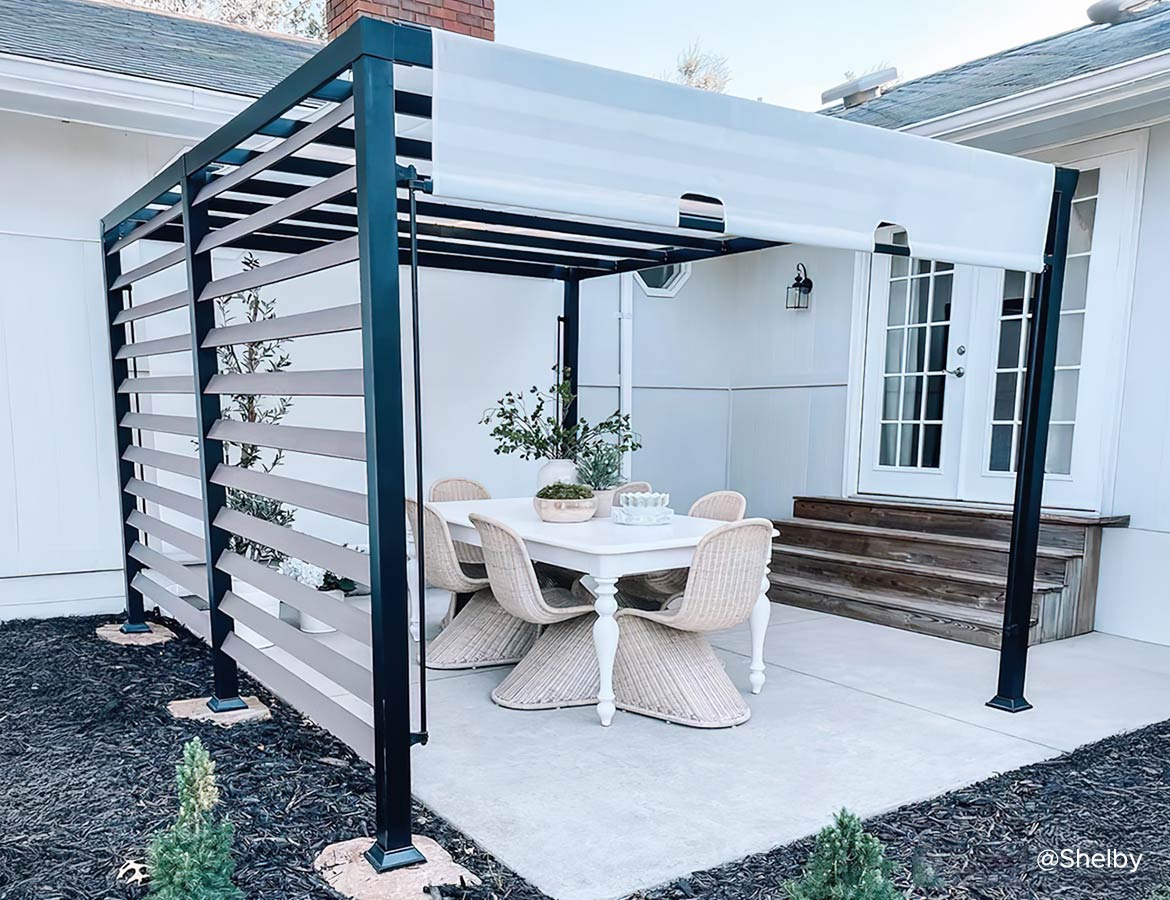Why Fireplace Maintenance Matters
Your fireplace does more than heat your home—it creates a cozy atmosphere and adds lasting value. But neglecting routine care can lead to a buildup of creosote, poor air quality, reduced heating efficiency, and serious fire hazards.
Routine fireplace cleaning:
Prevents chimney fires
Improves air circulation and burn efficiency
Extends the life of fireplace components
Keeps your hearth looking clean and inviting
Whether you own a wood-burning, stone, gas, or outdoor fireplace, cleaning and inspections are key to safe and worry-free enjoyment.
Step 1: Gather Tools and Prepare
Before you begin, ensure the fireplace is completely cool and hasn’t been used for at least 24 hours. Lay a drop cloth around the hearth to catch ash and debris.
Tools and Materials You’ll Need:
Fireplace shovel and ash bucket (preferably metal)
Stiff-bristle brush
HEPA filter vacuum (shop vac works best)
Mild dish soap or specialized fireplace cleaner
Soft cloth or microfiber towel
Vinegar-water solution (for tougher glass stains)
Razor blade (optional, for built-up residue on glass)
Protective gloves, goggles, and dust mask
Step 2: Remove Ash and Soot (Wood-Burning Fireplaces)
Routine ash removal is essential for clean burning and safe airflow.
Here’s how:
Scoop out ashes with a metal shovel and transfer them to a metal container with a tight-fitting lid. Store it outside, away from flammable materials.
Vacuum remaining debris with a HEPA filter vacuum, especially in tight corners and under the grate.
Wipe down the firebox with a damp cloth to remove soot. Avoid over-wetting the area—just enough to loosen surface buildup.
Never vacuum hot embers—even small coals can remain live for hours.
Step 3: Clean Fireplace Glass Doors
Glass doors can accumulate a cloudy film of soot and smoke residue. Regular cleaning improves visibility and aesthetics.
To clean:
Use a solution of warm water and mild dish soap. Apply with a non-abrasive sponge.
For tougher stains, spray a 50/50 vinegar-water mix and let it sit for 5–10 minutes.
Use a razor blade held at a 45-degree angle to gently scrape off stubborn buildup (optional).
Dry thoroughly with a microfiber cloth.
Avoid using ammonia or abrasive cleaners, which can damage the glass over time.
Step 4: Deep Clean a Stone Fireplace
Stone fireplaces require special care to preserve their natural finish.
Steps:
Dust with a soft brush or vacuum using a brush attachment.
Mix warm water with a stone-safe cleaner (available at most hardware stores).
Use a soft-bristle brush to gently scrub, working in sections.
Rinse with clean water and blot dry to prevent water marks.
For natural stone like limestone or slate, apply a sealer annually to protect against smoke stains and moisture absorption.
Step 5: Inspect and Maintain the Chimney
An annual inspection by a certified chimney sweep is highly recommended, especially for wood-burning systems.
What a professional chimney sweep will check:
Creosote buildup
Cracks or structural damage
Obstructions (birds’ nests, leaves)
Chimney cap and flue condition
If you use your fireplace frequently, consider scheduling inspections every 6 months.
Additional Fireplace Care Tips
For Wood-Burning Fireplaces:
Burn only seasoned hardwoods (oak, maple, hickory).
Avoid softwoods like pine, which produce more creosote.
Never burn painted, treated, or damp wood.
For Outdoor Fireplaces:
Remove leaves, ash, and moisture after use.
Use a weather-resistant cover when not in use.
Inspect for signs of rust, wear, or wildlife nests.
For Gas Fireplaces:
Turn off the gas before cleaning.
Use a soft brush to clear dust from logs, burners, and vents.
Inspect the pilot light and ignition system regularly.
Seasonal Maintenance Checklist
Here’s a quick maintenance schedule you can follow throughout the year:
|
Task |
Frequency |
|
Ash removal |
Weekly (if in use) |
|
Glass door cleaning |
Monthly |
|
Stone surface wipe-down |
Every 3 months |
|
Chimney inspection & cleaning |
Annually (or twice/year for heavy use) |
|
Check firebox and flue condition |
Seasonally |
Final Thoughts
A well-maintained fireplace adds more than just warmth to your home—it becomes a central gathering place, a design feature, and a source of comfort throughout the colder months.
By following these cleaning and care practices, you’ll ensure your fireplace:
Operates safely and efficiently
Lasts longer without costly repairs
Looks beautiful every time you light a fire
Whether it’s a rustic stone hearth, sleek modern gas fireplace, or charming outdoor unit, a little routine care goes a long way toward keeping your fires burning bright.






Leave a comment
All comments are moderated before being published.
This site is protected by hCaptcha and the hCaptcha Privacy Policy and Terms of Service apply.